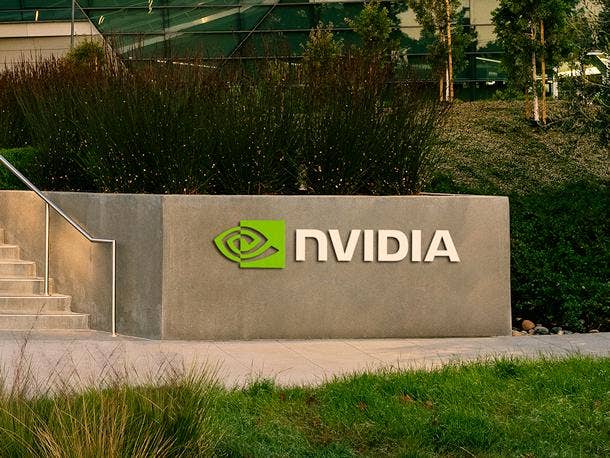Nvidia Reports Record Gaming, Data Center Sales As Intel Preps New GPUs
For the second quarter of its 2022 fiscal year, the Santa Clara, Calif.-based company reported on Wednesday that gaming revenue grew 85 percent year-over-year to $3.06 billion and data center revenue grew 35 percent year-over-year to $2.37 billion.

Nvidia reported new revenue records for its gaming and data center businesses as the GPU juggernaut faces incoming competition from Intel in both areas.
For the second quarter of its 2022 fiscal year, the Santa Clara, Calif.-based company reported on Wednesday that gaming revenue grew 85 percent year-over-year to $3.06 billion and data center revenue grew 35 percent year-over-year to $2.37 billion.
[Related: The 10 Biggest Nvidia News Stories Of 2021 (So Far)]
The chipmaker’s two biggest businesses contributed to record $6.51 billion in revenue it raked in that quarter, a 65 percent increase from the same period last year. That allowed Nvidia to beat Wall Street’s expectations by $170 million. The company also surpassed expectations for net earnings by 2 cents with its reported earnings per share of $1.04.
The company’s stock price was up roughly 1.59 percent in after-hours trading Wednesday.
“Nvidia’s pioneering work in accelerated computing continues to advance graphics, scientific computing and AI,” Jensen Huang, founder and CEO of Nvidia, said in a statement.
Nvidia’s gaming revenue was propelled by strong sales of its GeForce RTX 30 Series GPUs, and 80 percent of the GPUs sold in the second quarter had limited Ethereum mining capabilities, which is meant to discourage cryptocurrency miners from using such products.
On the flip side, the company’s Cryptocurrency Mining Processors, introduced earlier this year, drove Nvidia’s OEM and Other segment to grow 180 percent year-over-year to $409 million. The CMP chips made up $266 million of that revenue.
The company’s continued growth in data center was driven by vertical industries and hyperscaler customers buying up more of Nvidia’s Ampere GPUs. The company said inference applications in particular saw strong growth.
Nvidia’s professional visualization segment grew 156 percent year-over-year to $519 million, thanks in large part to strong demand for desktop workstation GPUs, while the company’s automotive revenue grew 37 percent year-over-year to $152 million.
While Nvidia mainly competes with AMD in the GPU market, the landscape is expected to change next year when Intel launches its first discrete GPUs for gaming. Intel is also planning to release a GPU for high-performance computing and AI workloads called Ponte Vecchio.